Beyond the predictable tourist shots of the Colosseum and Trevi Fountain, Rome conceals countless corners where light, architecture, and daily life converge to create extraordinary photographic opportunities. The eternal city rewards photographers who venture beyond the standard postcard angles, revealing intimate moments and dramatic compositions that capture the soul of modern Rome.
Professional photographers and Instagram enthusiasts alike discover that Rome’s most compelling images often emerge from unexpected encounters with local life, hidden architectural details, and the interplay between ancient stones and contemporary culture. Here is a list of 15 Rome spots where patient photographers consistently capture images that stand apart from typical tourist documentation.
Aventine Keyhole
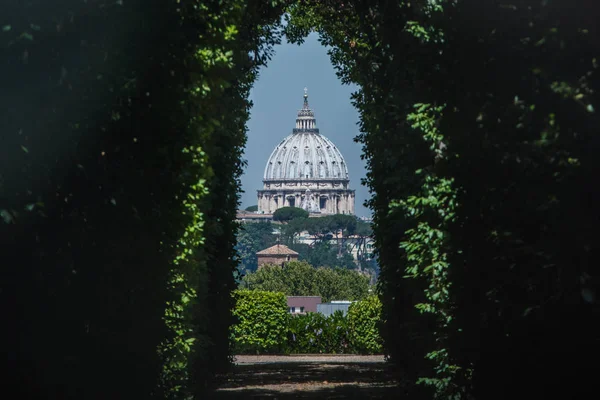
Through a simple brass keyhole in the gates of the Priory of the Knights of Malta, photographers discover one of the world’s most ingenious natural frames. The perfectly aligned view captures St. Peter’s Basilica dome framed by manicured hedges, creating a composition that seems impossible until experienced firsthand.
Early morning light provides the most dramatic illumination, while the queue of photographers creates an interesting secondary subject. The challenge lies in timing your shot between other visitors while managing the keyhole’s limited field of view.
Gianicolo Hill at Golden Hour
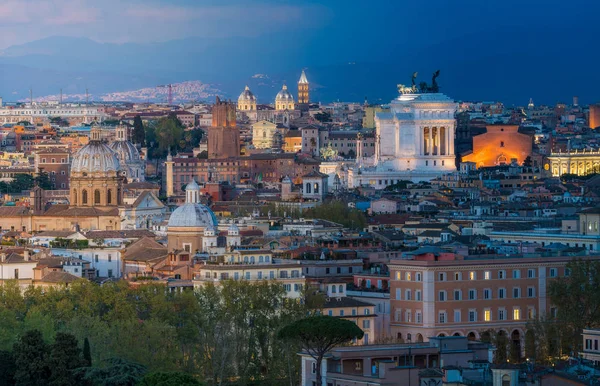
This elevated position west of the Tiber provides Rome’s most comprehensive cityscape, with ancient domes and modern buildings creating layers that extend to the horizon. The western exposure makes it ideal for golden hour photography, when warm light bathes the city’s terracotta rooftops and marble facades.
Street performers and couples gathering for sunset create natural foreground elements that add life to architectural shots. The panoramic view allows for both wide compositions and telephoto details of distant landmarks.
Like Travel Pug’s content? Follow us on MSN.
Castel Sant’Angelo Bridge
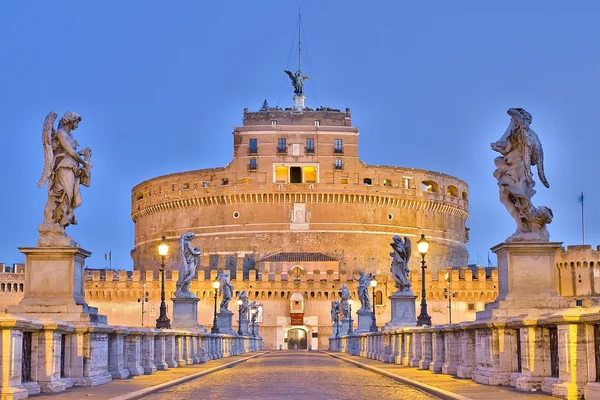
The pedestrian bridge connecting central Rome to Castel Sant’Angelo offers dynamic angles of both the fortress and St. Peter’s Basilica, with Bernini’s angel statues providing dramatic foreground elements. The bridge’s position allows photographers to capture the Tiber River’s movement while framing architectural subjects in the background.
Early morning visits avoid crowds while providing softer light that complements the pale stone surfaces. Each angel statue offers a fresh composition, making this one bridge feel like multiple photo spots.
Jewish Quarter Portico
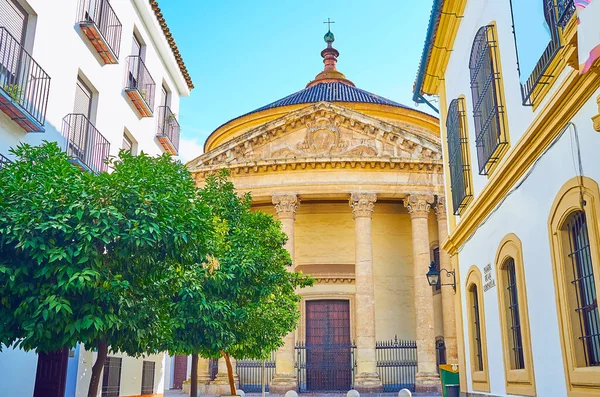
The ancient portico of Ottavia creates a natural frame for contemporary Roman life, where modern restaurants and cafés operate within structures that predate Christianity. The interplay between weathered stone columns and colorful modern signage provides endless composition possibilities.
Local diners and street vendors create authentic foreground subjects that contrast beautifully with the ancient architecture. The covered space provides consistent lighting conditions that make exposure management easier throughout the day.
Trastevere Ivy Walls

Medieval buildings throughout Trastevere sprout cascading ivy that creates natural green curtains perfect for portrait photography and architectural details. The organic textures contrast beautifully with aged stone and brick surfaces, while seasonal changes provide different color palettes throughout the year.
Hidden courtyards and narrow alleys offer intimate spaces where ivy-covered walls create natural backdrops for human subjects. The neighborhood’s authentic character means residents often become willing subjects for lifestyle photography.
Like Travel Pug’s content? Follow us on MSN.
Villa Borghese Pincio Terrace
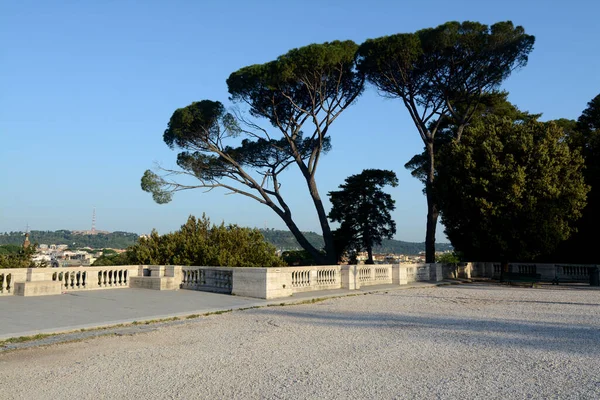
This elevated terrace provides structured views of central Rome while offering manicured gardens as foreground elements for architectural photography. The formal garden design creates leading lines that guide viewers’ eyes toward distant landmarks, while seasonal flowers add color accents to classical compositions.
The terrace’s multiple levels allow for varied perspectives of the same subjects, from wide panoramic shots to intimate garden details. Late afternoon light creates long shadows that add depth and drama to both garden and cityscape elements.
Pantheon Interior Light Shaft
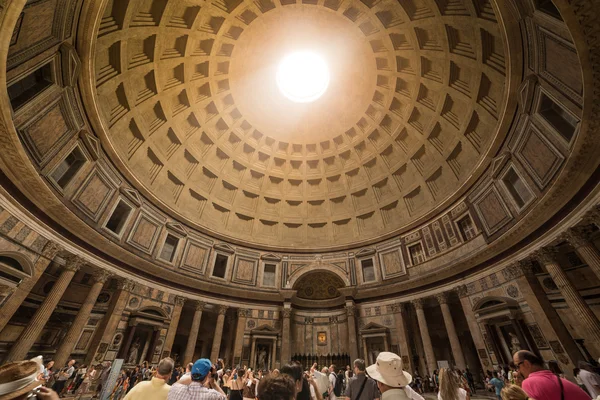
The ancient building’s oculus creates a moving spotlight that dramatically illuminates different interior sections throughout the day, providing ever-changing photographic opportunities. The circular opening allows rainwater to enter during storms, creating reflective surfaces on the marble floor that double the visual impact.
Visitors naturally gravitate toward the light beam, creating silhouettes and backlighting opportunities that emphasize the space’s spiritual atmosphere. The challenge involves managing the extreme contrast between the bright light shaft and the darker interior areas.
Campo de Fiori Market
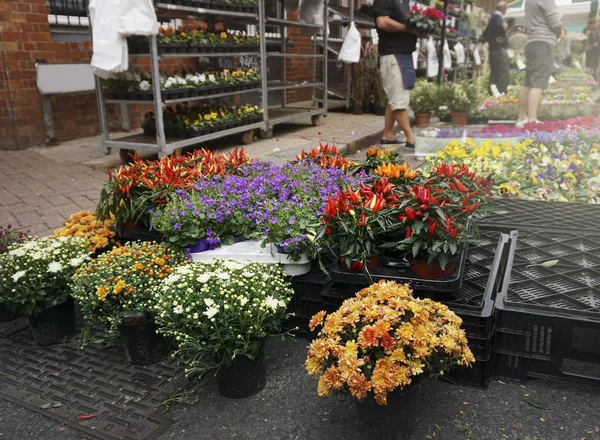
Early morning market setup provides dynamic action shots of vendors arranging colorful produce displays, while the surrounding medieval buildings create authentic Roman backdrops. The market’s energy peaks mid-morning when locals shop for daily ingredients, creating natural interaction scenes between vendors and customers.
Colorful vegetables and flowers provide vibrant foreground elements that contrast with the area’s earth-toned architecture. The market’s transformation from morning commerce to evening nightlife offers completely different photographic opportunities in the same location.
Like Travel Pug’s content? Follow us on MSN.
Tiber Island Bridge Views
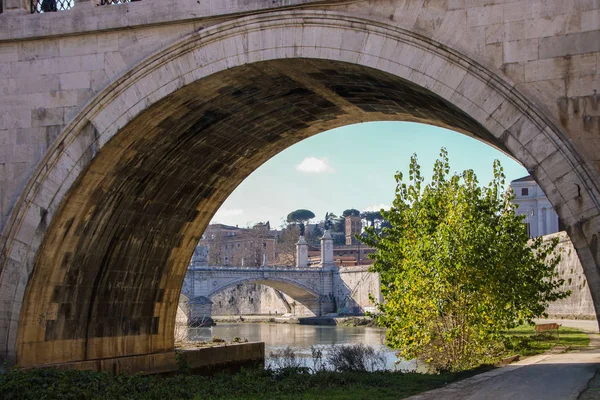
The ancient bridges connecting Tiber Island to both sides of Rome provide unique perspectives of the city’s relationship with its river. The island’s boat-like shape creates interesting compositions when photographed from either bridge, while the flowing water adds movement to static architectural elements.
Hospital buildings on the island represent Rome’s continuous evolution, mixing medieval structures with modern medical facilities. The bridges themselves become subjects when photographed from the island or the opposite riverbank.
Orange Garden Sunset
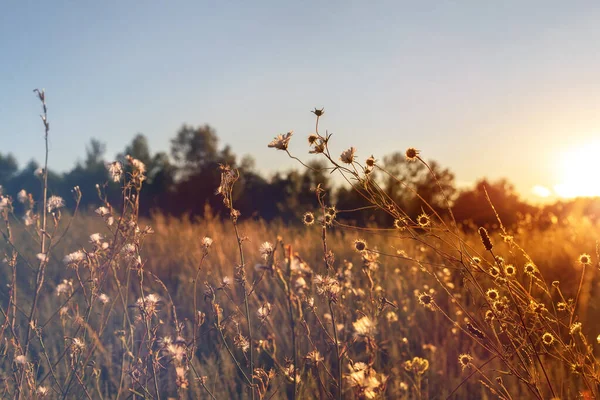
The formal garden on Aventine Hill provides perfectly framed views of St. Peter’s Basilica through carefully pruned orange trees, creating natural vignettes that change with seasonal growth. The garden’s elevated position allows for both intimate tree-framed shots and wider panoramic compositions that include the Tiber River.
Evening light filtering through orange branches creates dappled patterns that add texture to architectural subjects in the distance. The garden’s formal design provides geometric elements that complement the organic shapes of the citrus trees.
Baths of Caracalla Arches
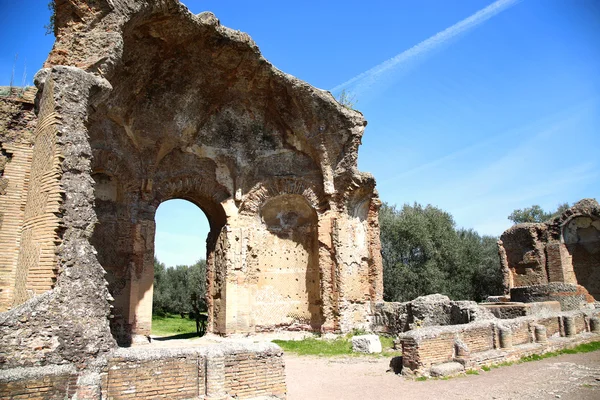
The massive ruins create dramatic frames for both architectural photography and portrait work, with ancient arches providing natural vignettes for modern subjects. The site’s scale allows for compositions that emphasize human smallness against monumental architecture, while detailed shots reveal the craftsmanship of Roman engineering.
Late afternoon light enters through the ruined openings at angles that create dramatic shadows and highlights on the weathered stone surfaces. The archaeological park’s size means numerous composition possibilities exist within a single location.
Like Travel Pug’s content? Follow us on MSN.
Via Appia Antica Tombs
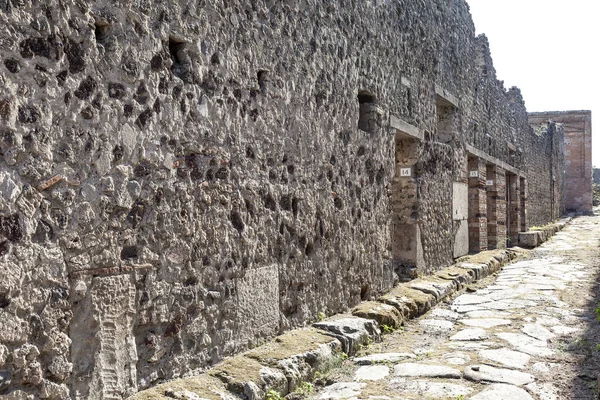
The ancient Roman road stretches into the countryside, dotted with crumbling tombs and monuments that create atmospheric subjects for black and white photography. The cobblestone surface provides textural foreground elements that lead viewers’ eyes toward distant monuments and landscapes.
Umbrella pines lining sections of the road create natural frames and shade patterns that add depth to historical compositions. The road’s slight elevation changes provide varied perspectives of the same monuments as you walk along the ancient stones.
Palazzo Altemps Courtyard
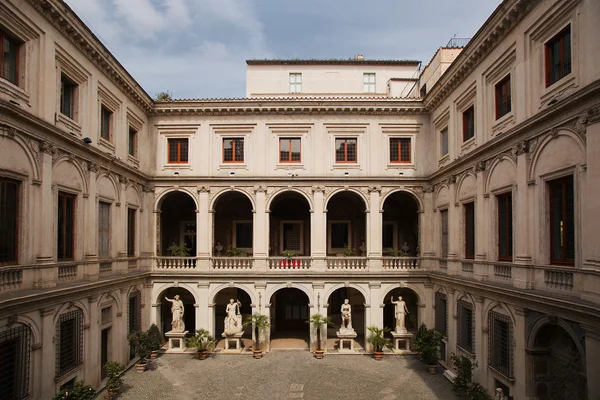
This Renaissance courtyard houses ancient Roman sculptures in a setting that combines classical architecture with museum-quality lighting. The covered loggia provides consistent illumination for photographing both the sculpture collection and the architectural details of the palace itself.
The courtyard’s intimate scale creates opportunities for both wide establishing shots and detailed studies of individual sculptures. The interplay between Renaissance architecture and ancient Roman art creates unique compositions that represent Rome’s layered history.
Trajan’s Market Levels
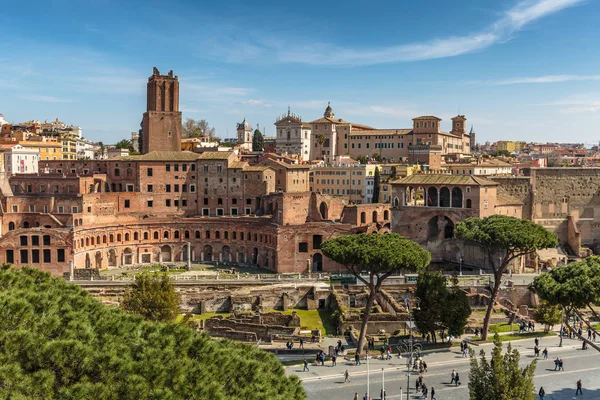
The ancient shopping complex’s multiple levels create opportunities for layered compositions that show the relationship between different architectural periods. The site’s restoration reveals original Roman construction techniques while providing modern walkways that offer varied perspectives of the same spaces.
The market’s integration with surrounding medieval and Renaissance buildings creates compositions that span multiple historical periods. Different levels provide both overhead views of the market structure and ground-level perspectives that emphasize the space’s original commercial function.
Like Travel Pug’s content? Follow us on MSN.
Isola Tiberina Boat Shape
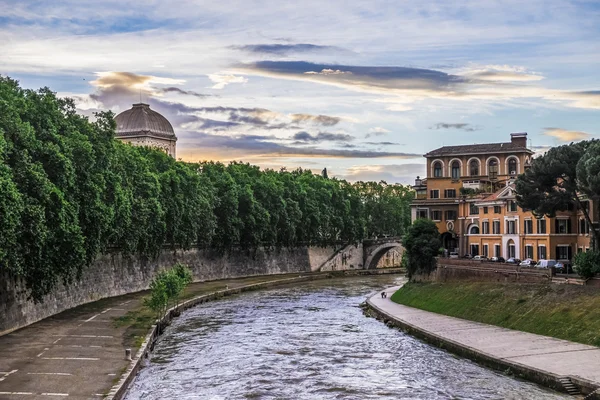
The island’s unique boat-like form becomes apparent when photographed from elevated positions on either side of the Tiber, creating compositions that emphasize Rome’s relationship with its river. The ancient Fabricius Bridge provides a foreground element that frames the island while showing its connection to the surrounding city.
The island’s mix of ancient, medieval, and modern buildings creates compositions that represent Rome’s continuous evolution. The flowing river adds movement to static architectural elements while reflections double the visual impact during calm weather.
Where Ancient Stones Meet Modern Light

Rome’s photographic opportunities extend far beyond its famous monuments, revealing themselves to photographers who understand how light, time, and local life interact with architectural spaces. These locations reward patience and observation, offering moments when ordinary Roman scenes transform into extraordinary visual experiences through the interplay of history, culture, and natural illumination.
The city’s greatest photographs often emerge from quiet observation of daily life unfolding against backgrounds that have witnessed centuries of human drama, creating images that capture both Rome’s timeless character and its vibrant contemporary
More from Travel Pug

- 20 Best Beach Towns in the Carolinas
- 13 Destinations Where Tourists Regularly Regret Their Trip
- 20 Things You Actually Get in First Class
- 20 Small Airports With Aviation Museums
- 20 Places in the U.S. That Are Perfect for a Reset Trip
Like Travel Pug’s content? Follow us on MSN.
